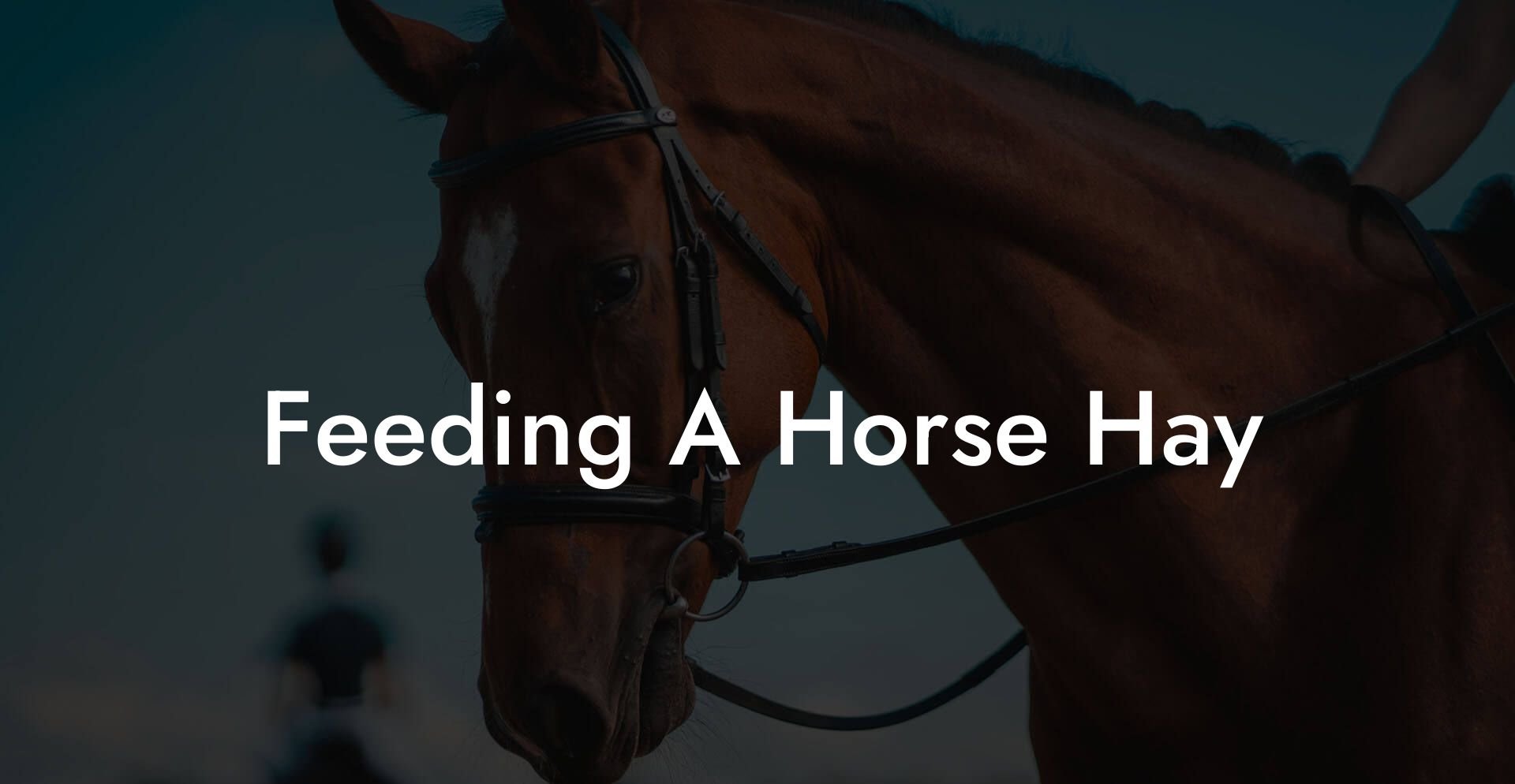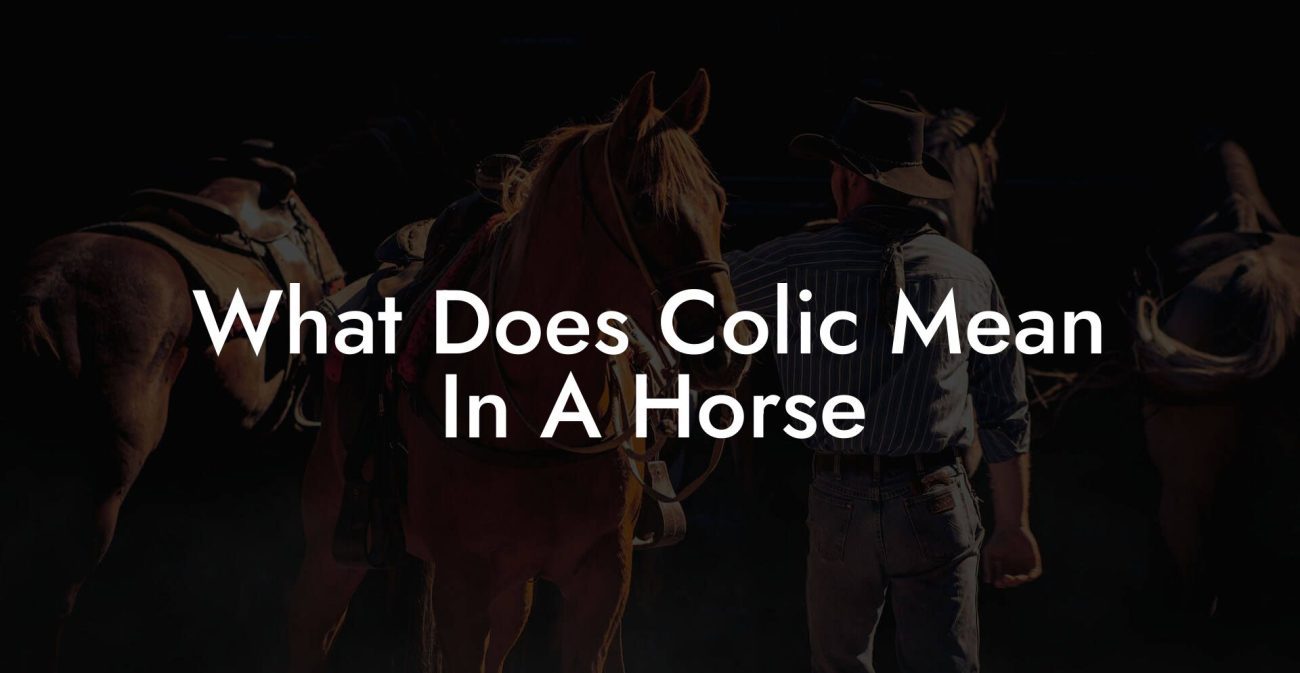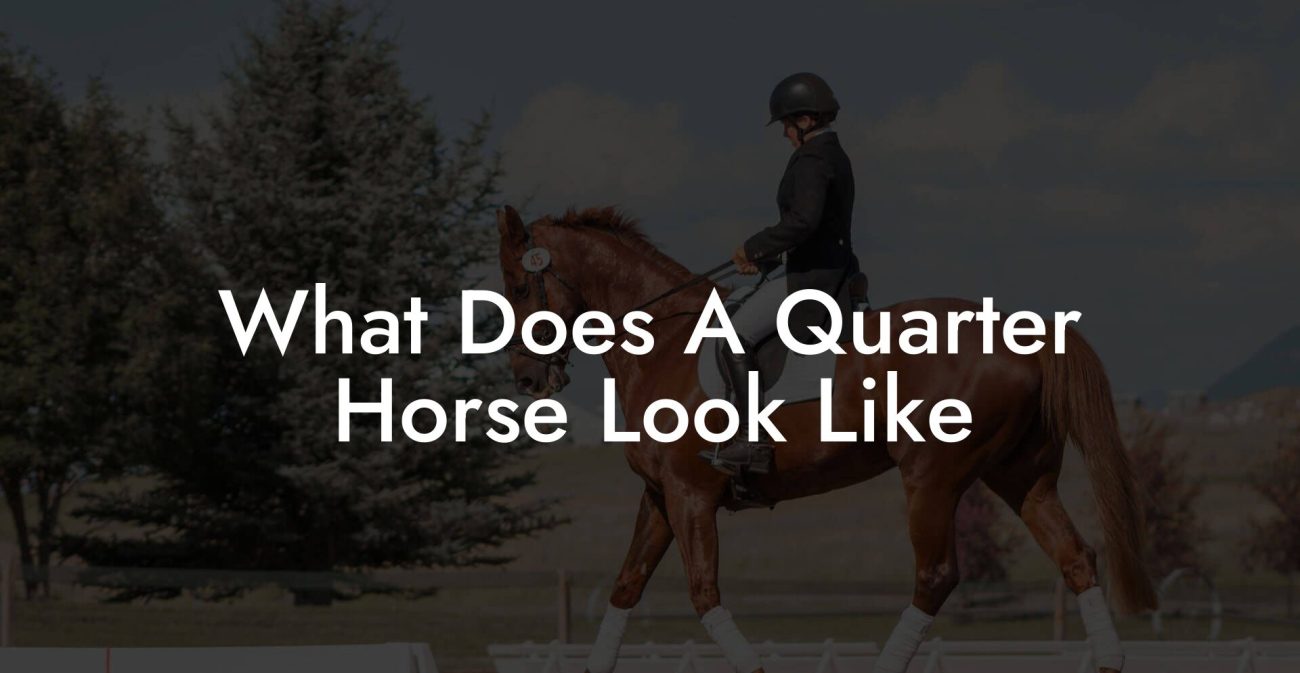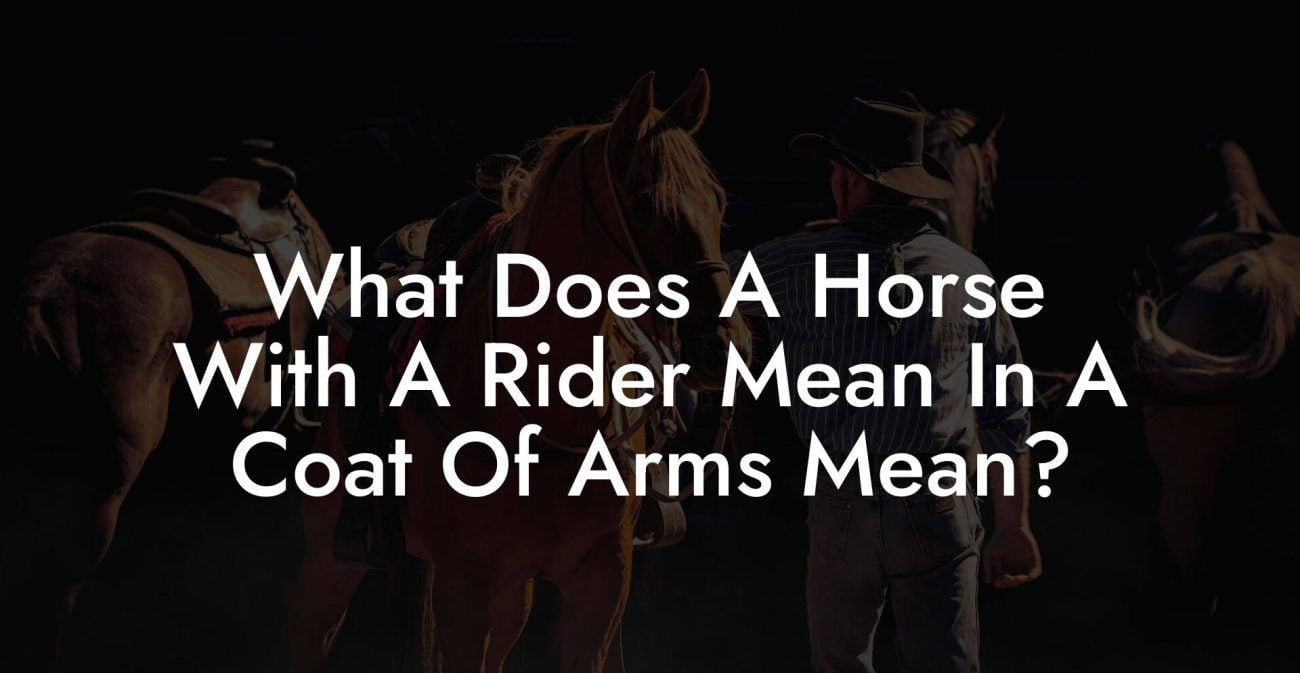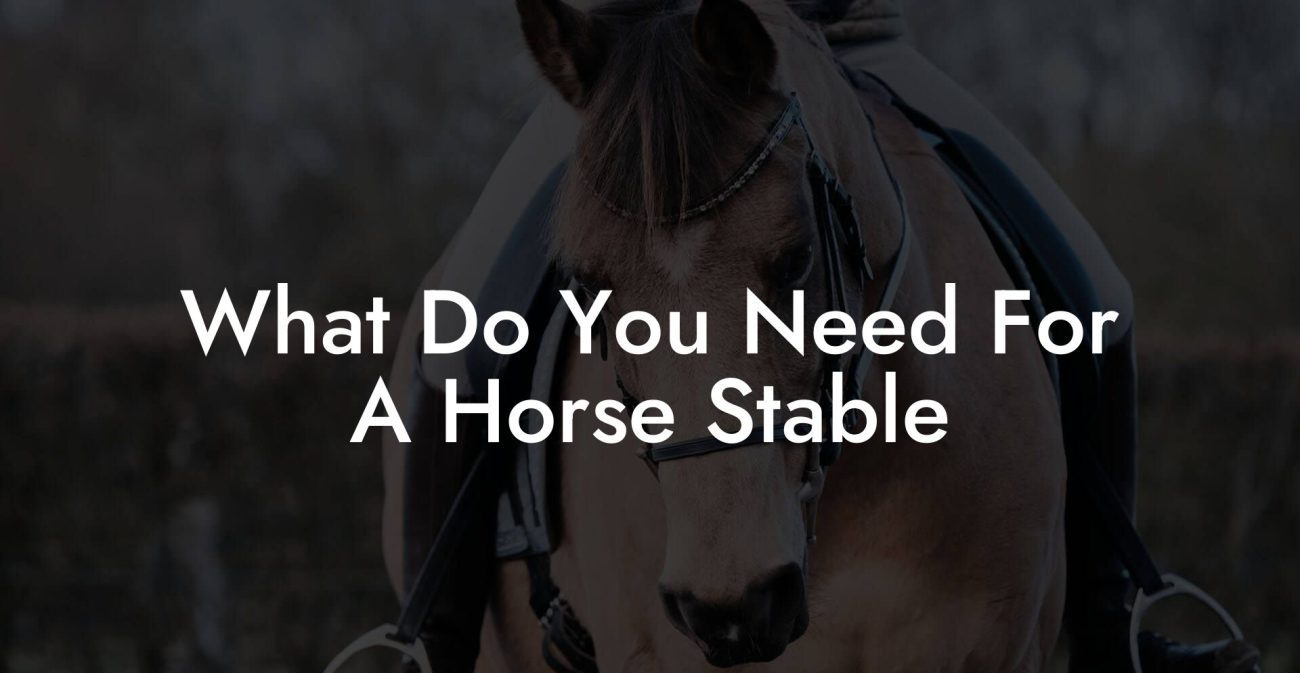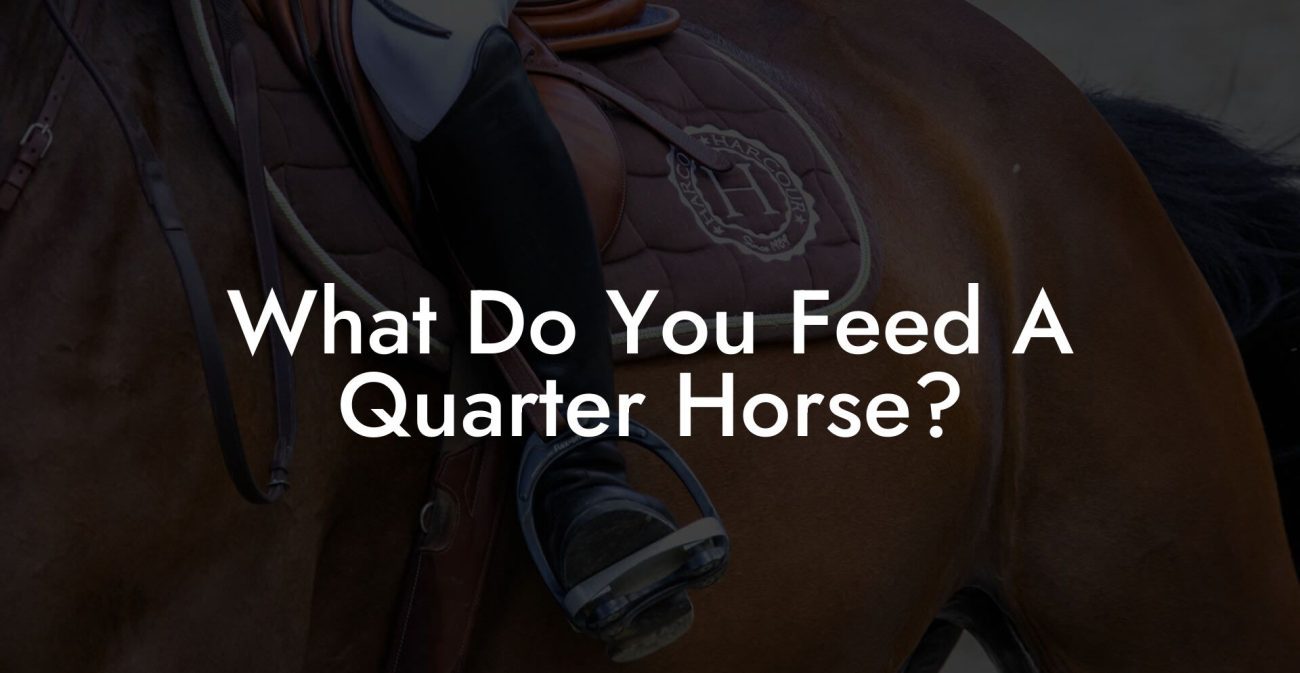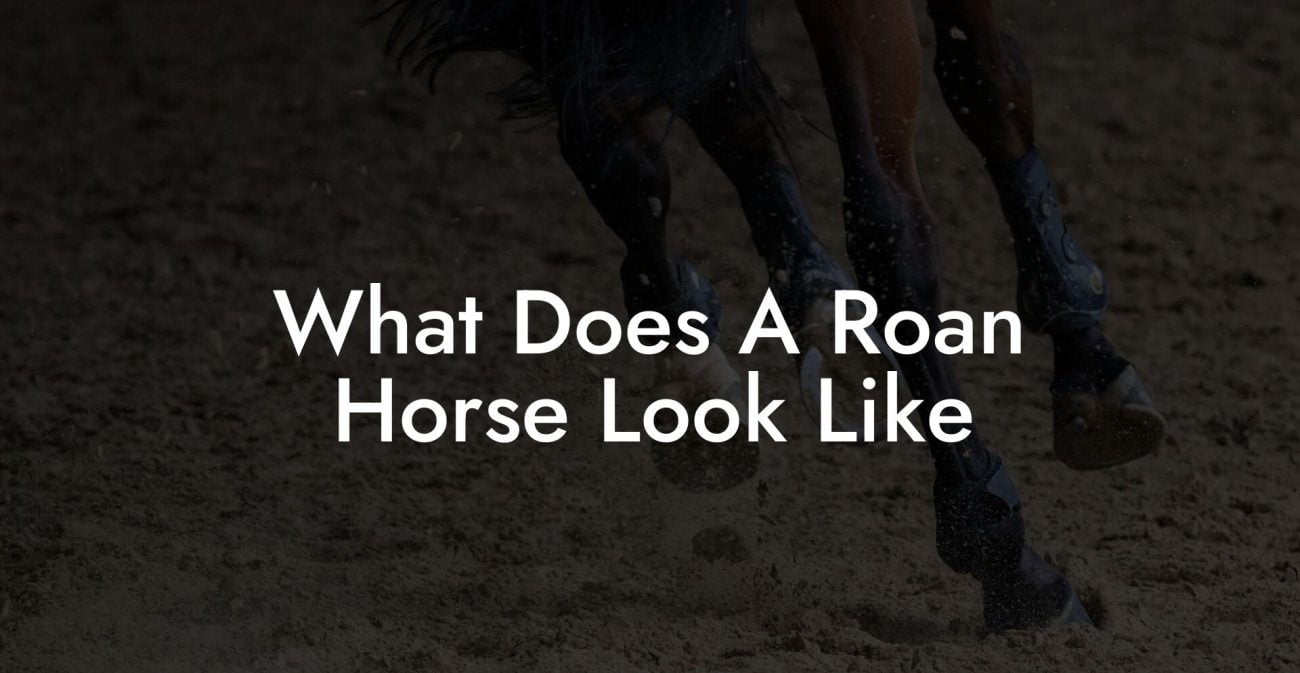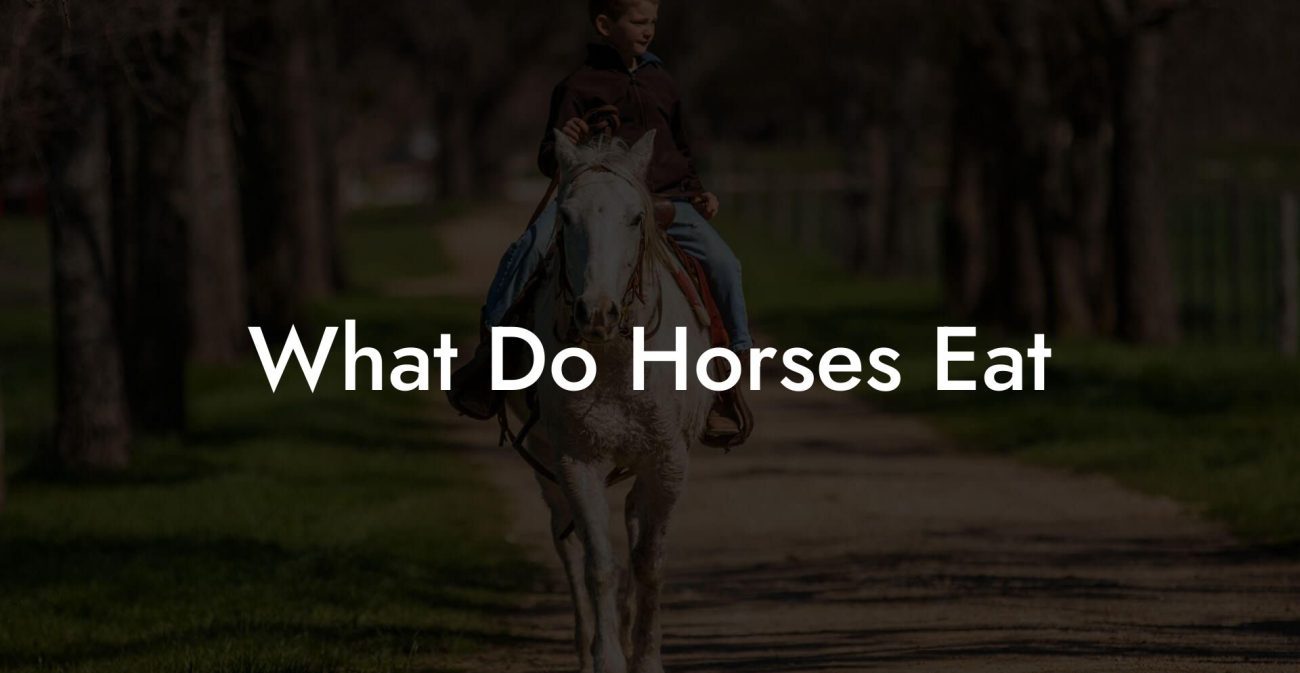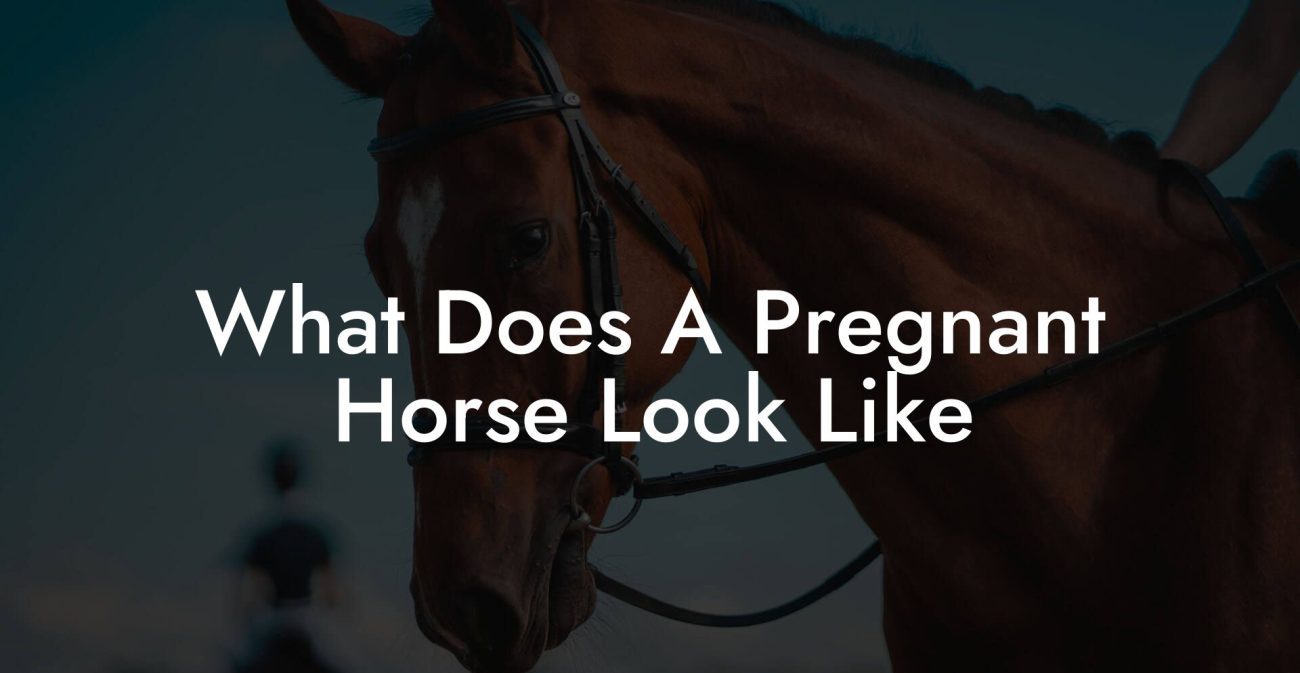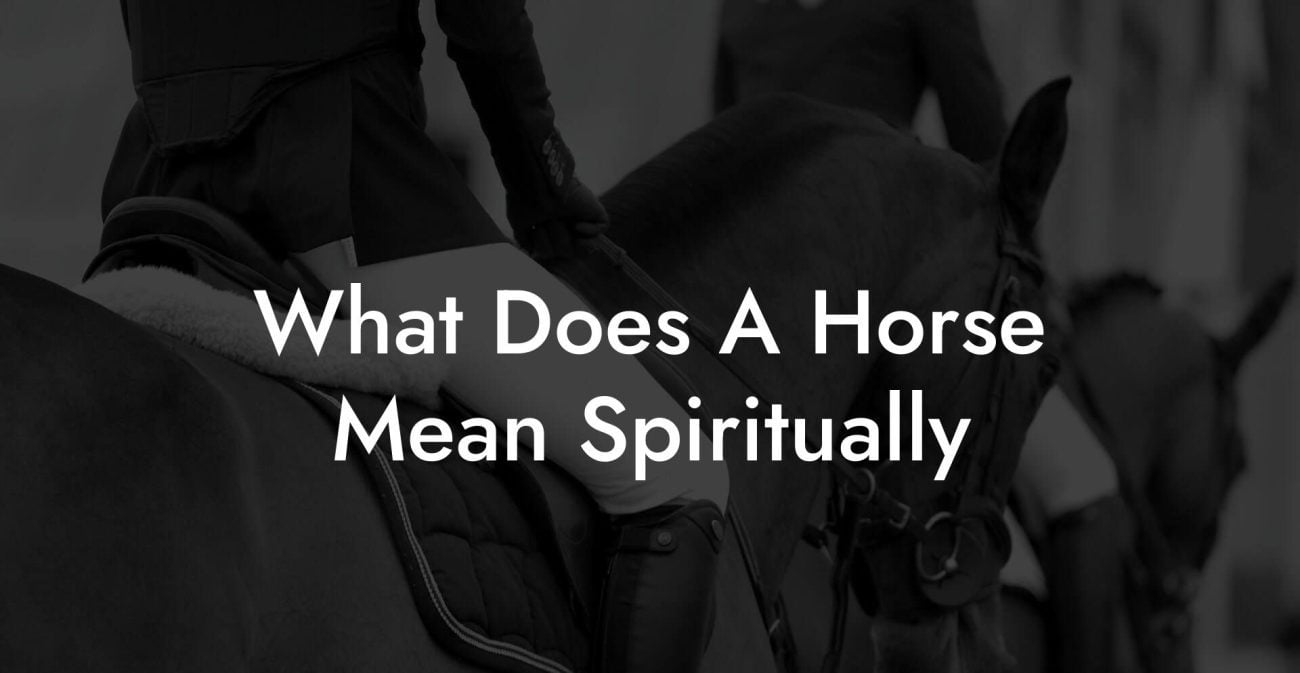Swinging into the day like a thoroughbred on a sugar rush, feeding a horse hay isn’t just about tossing some green into a trough, it’s about crafting a culinary ritual that fuels your equine friend with energy, health, and a dash of equestrian flair. Whether you’re the new kid on the farm or a seasoned stable owner, learning to serve up top-quality hay to your four-legged pal is one of the coolest (and surprisingly intricate) chapters in horse care.
Quick Links to Useful Sections
- The Nutritional Powerhouse Called Hay
- Types of Hay: Discovering Your Horse's New BFF
- Choosing Quality Hay: The Fine Art of Equine Grocery Shopping
- Visual and Olfactory Inspections
- Moisture Matters
- Proper Baling and Storage
- Feeding Strategies: Timing, Portions, and Tools to Keep It Fresh
- Timing is Everything
- Portion Control: Less Is More (Sometimes)
- Feeding Tools: The Modern Equestrian’s Toolkit
- Storage and Handling: Keeping Your Hay Fresh, Fabulous, and Farm-Ready
- Choose the Right Storage Spot
- Ventilation Is Key
- Handling With Care
- Health and Safety: Keeping an Eye on Your Equine’s Well-Being
- Mold and Dust Concerns
- Allergies and Sensitivities
- Monitoring Weight and Condition
- Innovative Approaches to Feeding Hay: Tips and Tricks for Modern Horse Owners
- Apps and Digital Reminders
- DIY Hay Nets and Feeders
- Sustainable Feeding Practices
- Expert Advice: When to Consult a Professional
- Resources and Community Support: Your Next Steps
- Frequently Asked Questions About Feeding Horses Hay
- Embracing a Healthier, Happier Horse: Your Journey Begins Here
- Additional Tips and Tricks: Making Hay Feeding Fun and Functional
- Connecting With the Modern Equine Community
- Your Final Feed: Embracing a Future of Healthy, Happy Horses
The Nutritional Powerhouse Called Hay
Let’s kick things off by getting real: for horses, hay is kind of like that artisanal, organic snack that fuels your body during long study sessions. It’s rich in fiber, low in sugar, and packs a punch of essential nutrients that horses need. Hay isn’t just “grass”, it’s a natural superfood that helps maintain their digestive health, provides roughage to keep their gut happy, and even plays a crucial role in their overall well-being.
Unlike the stereotypical image of horses grazing in a field, today’s equine community is all about curated diets that ensure each nibble counts. From maintaining a healthy weight to supporting proper dental function and robust muscle tone, the hay you choose can have far-reaching effects on your horse’s performance and vitality.
The magic of hay lies in its simplicity: natural, wholesome, and packed with fiber. Whether your horse is a high-energy competitor or a laid-back companion, the right type of hay is a vital ingredient in a balanced equine diet.
Types of Hay: Discovering Your Horse's New BFF
Not all hay is created equal, and that’s a fact that even the most discerning Gen-Z equestrian can appreciate. Think of it as the difference between a fast-food burger and a gourmet, locally sourced quinoa bowl. Each type of hay offers a different blend of nutrients and textures, so knowing your options is key to unlocking your horse’s full potential.
Here are the major players in the hay game:
- Timothy Hay: Often the gold standard among horse owners, Timothy hay is a grass hay known for its high fiber and moderate protein content. It’s especially popular for ponies and mature horses who need gentle nutrition without the extra calories.
- Orchard Grass: An alternative to Timothy, orchard grass is lauded for its palatable texture and sweet aroma. It's a favorite for picky eaters and works beautifully when mixed with other hays.
- Bermuda Grass: Common in warmer regions, Bermuda hay is durable and nutritious. It’s a great option if you’re looking for something that supports lean muscle mass in active horses.
- Alfalfa Hay: This one is like the protein shake of the hay world. Rich in protein and calcium, alfalfa is best suited for young, growing horses or those that need a bit of extra energy. However, if your horse is prone to obesity, use alfalfa with caution, it’s a bit on the richer side.
- Mixed Grass Hay: Sometimes the best option is a blend. Mixed grass hay combines different grasses to offer a balanced nutritional profile, perfect for horses with diverse dietary needs.
With so many options, selecting the right hay is like curating a Spotify playlist for your horse, you want each bite to contribute to a harmonious balance of taste, nutrition, and overall health.
Choosing Quality Hay: The Fine Art of Equine Grocery Shopping
Let’s be honest, no one wants to serve stale or moldy hay to their best buddy, much like you wouldn’t serve week-old avocado toast to your hip brunch crew. Quality hay is the non-negotiable foundation of any great feeding regimen, and here’s how you can tell you’re picking the winners:
Visual and Olfactory Inspections
First impressions matter. When inspecting hay, look for vibrant green or golden hues that signal freshness. Avoid hay with a musty or moldy odor, as it could point to spoilage or contamination. Trust your senses, if it smells funky or looks dull and dusty, it’s probably best left on the shelf.
Moisture Matters
The moisture level is another hot topic. Hay that's too wet may ferment and lead to respiratory issues, while overly dry hay might have lost some of its nutritional punch. A slight crispness should be celebrated, but the balance is key.
Proper Baling and Storage
Quality hay is typically baled and stored with care, much like the artisanal products you find at your local farmer’s market. Check that the bales are not overly compacted or showing signs of pest infestation. Proper storage in a dry, ventilated area helps harness that nutritional goodness until it reaches your horse’s trough.
Remember, every bale is a promise of health, treat it with the same love you’d give to that limited-edition sneaker drop.
Feeding Strategies: Timing, Portions, and Tools to Keep It Fresh
Now that you’re armed with the knowledge of what hay to pick, it’s time to talk strategy. Feeding a horse hay is as much about the timing and manner of delivery as it is about the hay itself. Think of it as setting the stage for the best dining experience in the barn.
Timing is Everything
Horses are natural grazers, designed to eat slowly and steadily throughout the day. So instead of dumping a giant pile of hay in the morning and calling it a day, aim for a steady, prolonged feeding schedule that mimics natural grazing patterns. Splitting hay into multiple feedings not only improves digestion but also reduces issues like colic and boredom.
For those busy millennial mornings, consider using slow feeders or hay nets that release food gradually. They’re the equivalent of your trendy meal-prep containers, ensuring your horse gets a consistent stream of hay without overindulging.
Portion Control: Less Is More (Sometimes)
Every horse is unique, and so is their appetite. Overfeeding hay can lead to weight gain and other health issues, while too little can result in nutritional deficiencies. As a rule of thumb, a horse’s daily hay intake should be around 2-2.5% of its body weight. This can vary depending on the horse’s activity level, age, and overall health.
It might sound like math class all over again, but keeping an eye on portions is crucial. A lightweight pony might only need a few pounds of hay a day, while a hearty draft horse might require much more. When in doubt, consult with a nutrition expert or your trusty veterinarian.
Feeding Tools: The Modern Equestrian’s Toolkit
Gone are the days of relying solely on shovels and buckets. Today’s equine enthusiasts have a range of innovative feeding tools that make serving hay both fun and efficient:
- Hay Nets: These ingenious creations not only slow down the horse’s eating pace but also turn mealtime into an engaging, puzzle-like activity. Plus, they help reduce waste, making them a favorite among eco-conscious riders.
- Automatic Feeders: For those who love smart tech (and who doesn’t, right?), automatic feeders schedule and dispense hay at regular intervals. It’s like having a personal assistant for your horse’s diet.
- Raised Feeders: These not only add a touch of sophistication to your stable setup but also promote proper posture during feeding, think of them as ergonomic furniture for your four-legged friend.
Integrate the right tools into your routine, and you’ll soon find that mealtime becomes a highlight of your horse’s day, a chance to refuel in style while you catch up on that trending TikTok challenge.
Storage and Handling: Keeping Your Hay Fresh, Fabulous, and Farm-Ready
There’s nothing worse than purchasing premium hay only to find it’s been compromised by moisture, pests, or those dreaded sun damage vibes. Proper storage and handling are crucial in preserving the nutritional integrity of your hay stash.
Choose the Right Storage Spot
Keep hay in a dry, well-ventilated area away from direct sunlight. Much like your favorite designer sneakers, hay needs a cool and dry environment to preserve its quality. Barns, hay sheds, or even a dedicated storage space in your stable work wonderfully.
Ventilation Is Key
Good airflow is essential to prevent moisture buildup and mold. If you’re storing hay in a large bale or stack, consider arranging bales with some space in between to allow for proper ventilation.
Handling With Care
When it’s time to move or load hay, do so gently. Rough handling can break down the hay’s structure, reducing its quality and nutritional value. Whether you’re loading a trailer for delivery or simply rotating your stock, take a few extra seconds to ensure everything is handled delicately.
Remember, every bale of hay represents the essence of your horse’s diet. Treat them as you would handle that precious vintage record, carefully and with respect.
Health and Safety: Keeping an Eye on Your Equine’s Well-Being
Serving up top-notch hay is all about boosting your horse’s performance and overall wellness, but it’s also important to stay vigilant about potential health hazards. Just like you wouldn’t want a glitch in your favorite app, you definitely want to avoid pitfalls when it comes to your horse’s diet.
Mold and Dust Concerns
Moldy hay can trigger respiratory issues or even colic in horses. Always inspect your hay before feeding and discard any bales that look suspicious. Dusty hay can be equally problematic; consider using a hay net or a slow feeder to help reduce dust inhalation.
Allergies and Sensitivities
Some horses have sensitivities or allergies to certain types of hay, much like some of us have gluten issues (or an aversion to decaf coffee). If you notice changes in your horse’s behavior or health after a switch in hay type, consult your veterinarian and consider trying a different variety.
Monitoring Weight and Condition
An imbalance in hay provision can lead to weight gain or even nutritional deficiencies. Keep an eye on your horse’s body condition score, and adjust portions as needed. Regular check-ups with your veterinarian can help catch any issues early.
Your horse’s health is a mosaic of many factors, and feeding quality hay is one of the foundational pieces. Stay alert to any signs of distress, and tweak the routine to keep things running smoothly.
Innovative Approaches to Feeding Hay: Tips and Tricks for Modern Horse Owners
In our fast-paced digital era, where smart devices and DIY hacks rule, why should feeding your horse hay be any less innovative? Modern horse owners are finding creative ways to merge tradition with technology, streamlining routines while keeping it eco-friendly and fun. Here’s how to stay ahead of the curve:
Apps and Digital Reminders
Believe it or not, there are apps dedicated to managing feed schedules, tracking your horse’s weight, and even ordering the best hay online. Harness the power of technology to set reminders for feeding times and quantity adjustments, ensuring your horse never misses a meal.
DIY Hay Nets and Feeders
Get crafty! With a few online tutorials (and maybe a little repurposed fabric from your last thrift haul), you can make your own hay nets or modify existing feeders to better suit your horse’s eating style. Not only does this save money, but it also gives you bragging rights in the online equestrian community.
Sustainable Feeding Practices
Eco-conscious riders know that sustainability goes beyond reusing your water buckets. Look for hay suppliers who prioritize organic farming, low-impact harvesting practices, and eco-friendly packaging. Your horse’s health and the planet will thank you.
Merging smart tech with sustainable practices is where the future of horse care is headed. It’s all about blending the old with the new, forging a bond between time-tested practices and innovative solutions that make your life, and your horse’s life, a whole lot easier.
Expert Advice: When to Consult a Professional
Even though the art and science of feeding hay might seem like you can become a master chef overnight, remember that professional guidance is sometimes necessary for maintaining top-tier equine health. Here are a few scenarios where a chat with your veterinarian or an equine nutrition specialist could make all the difference:
- Sudden Changes in Behavior: If your horse starts showing signs of restlessness, weight loss, or other unexpected changes, it might be time to review your feeding strategy with an expert.
- New Diet Introductions: Transitioning to a new type of hay or combining multiple feed sources can be tricky. Gradual transitions, supervised by a professional, can prevent digestive issues.
- Health Conditions: Horses with respiratory issues, allergies, or chronic health problems require a tailored approach to hay feeding. A vet’s advice ensures these horses receive the optimal balance of nutrition without aggravating their condition.
- Optimizing Performance: For competitive equines or show horses, fine-tuning the diet to support intense physical activity can benefit enormously from professional intervention.
Consulting with a professional isn’t a sign of defeat, it’s a strategic move that can help you optimize your horse’s care and unlock their fullest potential.
Resources and Community Support: Your Next Steps
In the ever-evolving world of equine nutrition, staying in the loop is essential, especially when you’re part of a digitally advanced, socially connected generation. Fortunately, there are plenty of resources and communities online that offer tips, advice, and even real-time support for everything related to feeding your horse hay.
Online forums, social media groups, and YouTube channels dedicated to horse care are treasure troves of information. Whether you’re looking for the latest research on hay quality, innovative feeding hacks, or simply a place to share your wins and struggles, the equine community is more connected than ever.
Consider following sites like TheHorse.com, Equine Wellness Magazine, and niche blogs that blend professional insights with a touch of humor and personal experience. Local riding clubs and equestrian events are also fantastic for networking with fellow horse aficionados, because sometimes, nothing beats swapping hay hacks over a cup of artisan coffee at the barn.
As you continue on your journey, remember that no question is too small and no tip too trivial. The support of a vibrant community can be the catalyst that transforms routine hay feeding into an exciting adventure in horse care.
Frequently Asked Questions About Feeding Horses Hay
We’ve compiled a list of questions that many horse owners ask about feeding hay, these serve as your go-to resource when in doubt. Dive in to uncover the answers and enhance your feeding strategy!
1. What are the key nutritional benefits of hay for horses?
Hay is a primary source of essential fiber, which is critical for proper digestion and gut health in horses. It also provides necessary vitamins and minerals that contribute to sustaining energy, weight management, and overall vitality.
2. How do I know if my horse is eating the right amount of hay?
Portion control is important. Generally, horses should receive about 2-2.5% of their body weight in hay per day, adjusted based on their activity level, age, and health condition. Regular weight checks and a veterinarian’s guidance can help ensure proper feeding.
3. Can the type of hay affect a horse’s performance?
Absolutely. Different hays provide different nutrient profiles. For example, alfalfa is rich in protein and calcium, making it ideal for young or highly active horses, whereas Timothy or orchard grass are best suited for adult horses and those needing a lighter diet.
4. What should I do if I suspect my hay is of poor quality?
If your hay appears moldy, dusty, or has an off odor, it’s best to discard it and purchase a fresh bale. Consistently monitor the hay’s appearance, smell, and texture before feeding.
5. Are hay nets effective in preventing weight gain and boredom?
Yes, hay nets help slow down the consumption rate and replicate natural grazing behavior. They are also effective for reducing waste and preventing rapid weight gain by ensuring the horse eats at a steady, controlled pace.
6. How often should I change my horse’s hay supply?
Freshness is key! Ideally, you should replace the hay every couple of weeks or as needed based on the barn’s conditions to maintain optimal quality and nutrition.
7. Can I mix different types of hay for my horse?
Yes, creating a blended mix of hays can offer a balanced spectrum of nutrients and keep mealtime interesting for your horse. Experiment with small batches until you discover the perfect combination.
Embracing a Healthier, Happier Horse: Your Journey Begins Here
The adventure of feeding your horse hay is much more than a daily chore, it’s a celebration of tradition, innovation, and the deep bond you share with your equine companion. By choosing the best quality hay, implementing smart feeding strategies, and staying informed through community support and expert advice, you’re not just feeding your horse; you’re fueling their passion for life.
Each bale of hay represents an opportunity to invest in your horse’s health, performance, and happiness. So invite a little creativity into your routine, explore new feeding tools, and revel in the satisfaction of knowing that you’re giving your horse the very best.
Whether you’re in it for competitive riding, weekend trail rides, or simply the joy of horse companionship, remember that the journey to a healthier, happier horse starts with a single, well-fed bite. Let your passion for quality hay inspire you to elevate your horse care game, and watch as your trusted companion gallops into a brighter, more vibrant future.
So grab that top-tier hay, fire up your favorite playlist, and get ready to transform mealtime into an epic, everyday celebration of equine excellence. Your journey to empowered, sustainable horse care begins right now!
Additional Tips and Tricks: Making Hay Feeding Fun and Functional
For those who thrive on practical advice with a side of quirky, here are some extra nuggets of wisdom to perfect your hay feeding game:
- Mix It Up: Vary the type of hay occasionally to keep your horse engaged and stimulate its natural grazing instincts.
- Rotate Your Supply: Keep meticulous records of your hay purchases and storage dates to ensure you’re always serving the freshest feed.
- Stay Connected: Join local and online equestrian groups on platforms like Instagram, Reddit, or Discord to swap stories, photos, and hacks about hay feeding.
- Eco-Friendly Practices: Consider composting any leftover hay trimmings and explore sustainable hay vendors to reduce your ecological footprint.
- Observe and Adapt: Each horse is a unique creature. Keep a diary of their behavior, energy levels, and health, and adjust your feeding strategy as needed to suit their evolving needs.
Integrating these practical tips into your routine will help you stay ahead of the curve, ensuring that every meal is as nutritious as it is fun.
Connecting With the Modern Equine Community
Beyond the daily grind, feeding your horse hay is an opportunity to join a larger, vibrant community of equine enthusiasts who are as passionate about quality horse care as you are. Modern technology has opened up countless channels for sharing and learning, from engaging blog posts and YouTube tutorials to lively Instagram communities buzzing with tips and inspiring stories.
Don’t hesitate to share your own hay feeding routines, post pics of those elegantly arranged hay nets, or even livestream a “hay day” in the stable. The more you connect with fellow horse lovers, the more you’ll discover innovative ideas and solutions to common challenges.
Whether you’re just starting out or you’re a seasoned pro, the journey of feeding your horse high-quality hay is heightened by community support, professional advice, and a willingness to try new things. Embrace the conversation, ask questions, and share your victories, every bit of knowledge helps elevate the standard of care in the equine world.
Your Final Feed: Embracing a Future of Healthy, Happy Horses
In the ever-evolving landscape of equine care, the simple act of feeding hay becomes a powerful tool, one that nurtures health, fosters community, and paves the way for a more sustainable future in horse nutrition. As you fine-tune your approach with a blend of tradition and innovation, you’ll witness firsthand how the right hay, served at the right time with the right tools, transforms your horse’s life.
There’s an art to feeding a horse hay, one that marries the science of nutrition with the creativity of modern horsemanship. So take a moment to appreciate every bale, every meal, and every satisfied whinny as a notable milestone in your journey toward equine excellence.
With enthusiasm, continuous learning, and a sprinkle of humor, you’re set to redefine what it means to care for your horse in today’s world, combining practical knowledge with a trendsetting mindset. Here’s to a future where every hay bale fuels not just the body, but also the spirit of your beloved equine companion.

